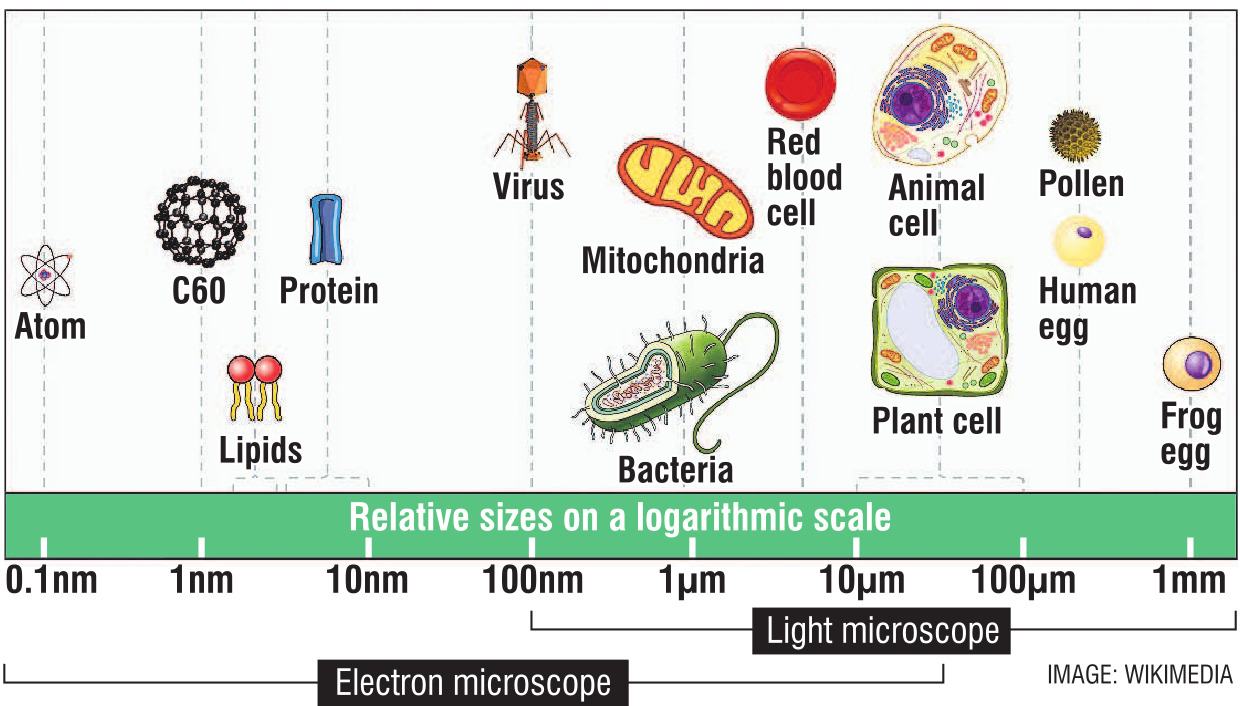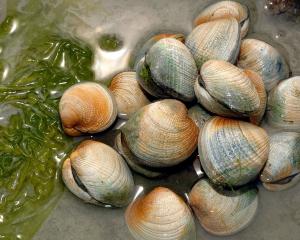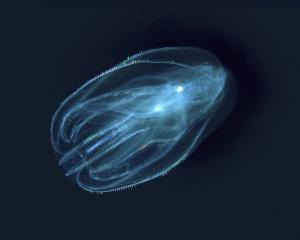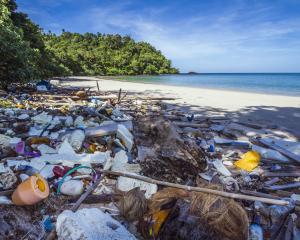Most people know about phytoplankton, the little round green algae that form the basis for the marine food chain. But there is plenty of other tiny life in the sea - micro-organisms dominate the oceans.

More than 70% of marine living things (by weight) is microscopic. Microbes such as algae, fungi and bacteria, as well as viruses are abundant at sea - anything the land has, the ocean has too.
Made of a single cell, the largest of phytoplankton are just barely visible without a microscope, about one tenth of a millimetre (0.1mm) across. Since we are going to be talking about tiny things, we’re going to express that size in micrometres: 100µm. Bacteria are usually about 2-3µm in length. Marine viruses are even smaller still: about 0.1µm - 10 times larger than a single protein molecule, and only 1000 times larger than an atom.

Over the past few years, all of us have learned a lot more about viruses than we ever wanted to. Tiny and infectious, viruses are not just found in sick people. They are everywhere - including the ocean. In fact, there are millions of millions of millions of viruses in the ocean. Estimates put their population at 1030 - if lined up, enough to stretch right out of our galaxy. Put it another way, there are more than a million viruses in a single drop of seawater.
What actually is a virus? While it’s travelling it’s not much more than a tiny packet of DNA or RNA, encased in protein and maybe fat. It’s not really "alive" until it has entered a cell. Some marine viruses look something like an old-fashioned TV: a box with long spindly legs. They land on the host’s surface and use the legs to inject their genetic material (DNA or RNA) into the host. This material instructs the host cell to make more and more of the viruses, and at some stage the host breaks open to release all these new viral agents into the water. A tiny version of "Alien"?

Now here’s a weird thing. Sea spray droplets sweep marine microbes up into the atmosphere, where a stream of airborne particles circles the Earth above our weather systems, but below our airplanes - and viruses fall to Earth all day, every day, everywhere. But don’t worry. Of all the millions of kinds of viruses, only a handful are dangerous to humans.
After all, right now there are about 380 trillion viruses on and in your body, most of them useful or at least not harmful. Many of them you have had from birth. The world of viruses in and on a human body (called its virome) is large and complex - and only just beginning to be mapped out and it’s nothing compared to the virome of the sea. Tiny but mighty, marine viruses are out there, an essential part of the marine system about which we know almost nothing.












